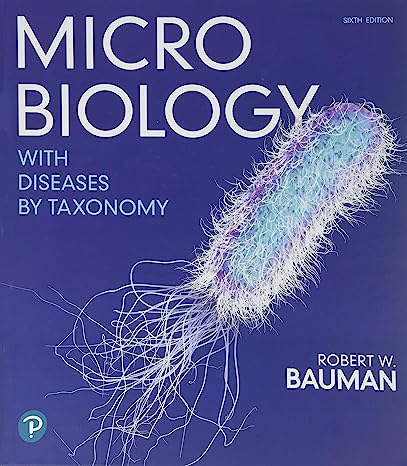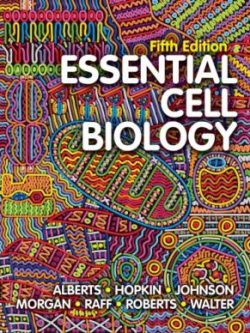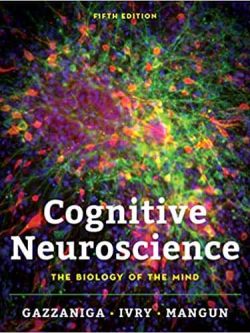Specifications
| book-author | Robert Bauman |
|---|---|
| file-size | 221.42 MB |
| file-type | |
| isbn10 | 0134832302 |
| isbn13 | 9780134832302 |
| language | English |
| publisher | Pearson |
Book Description
Microbiology is the fascinating study of microscopic organisms that are invisible to the naked eye but play a significant role in shaping our world. In the book “Microbiology with Diseases by Taxonomy” by Robert Bauman, readers are taken on an exploration of this hidden world and are shown why microbiology is crucial to human life, particularly in the realm of healthcare.
What sets this book apart is its unique art program and conversational writing style, which make complex concepts more approachable and engaging for students. Bauman consistently emphasizes the relevance of microbiology, highlighting its importance in the context of healthcare. By organizing the disease chapters according to taxonomic categories of microbes, students can recognize shared characteristics among different types of pathogenic microorganisms. This taxonomic approach enhances students' understanding of how different microbes cause diseases and allows for a deeper appreciation of the intricacies of microbial diversity.
The 6th edition of the book incorporates a strengthened pedagogical framework that aligns with how students learn best. Throughout the text, readers will find checkpoints that direct them to interactive versions of text features in Mastering Microbiology. This integration of interactive features provides students with just-in-time remediation, helping them fill skill gaps and offering immediate feedback on their progress. These interactive tools not only enhance learning but also foster active engagement with the material.
To underscore the dynamic nature of microbiology and its ever-expanding knowledge base, the new edition of the book integrates cutting-edge research in the field. This inclusion of recent discoveries and advancements allows students to grasp the latest developments that are shaping our understanding of microbiology. For example, Chapter 5 introduces new research on microbial metabolism, shedding light on the metabolic capabilities of microorganisms. In Chapter 8, readers encounter discussions on recombinant DNA technology and the revolutionary CRISPR technique, which have significant implications for genetic engineering and medicine.
The book also introduces interactive concept maps, which provide students with opportunities to construct their knowledge and deepen their understanding of key microbiological concepts. These concept maps can be assigned in Mastering Microbiology, creating a seamless learning experience that combines textbook content with interactive online resources.
By highlighting the relevance of microbiology to human health and integrating the latest research, “Microbiology with Diseases by Taxonomy” underscores the significance of microbiology in our lives. It offers students a comprehensive and up-to-date exploration of the microbial world, enabling them to appreciate the vast impact of microorganisms on human health and the environment. The book's emphasis on taxonomy and its engaging approach make it an invaluable resource for students studying microbiology in various disciplines.
In conclusion, “Microbiology with Diseases by Taxonomy” takes readers on a captivating journey into the invisible realm of microbiology. Through its unique art program, conversational writing style, and emphasis on the importance of microbiology in healthcare, the book instills in students an understanding of why microbiology matters. By incorporating interactive features, the latest research, and interactive concept maps, the book provides a comprehensive and engaging learning experience. It equips students with the knowledge and tools to navigate the intricate world of microorganisms and recognize their impact on human life.













Reviews
There are no reviews yet.